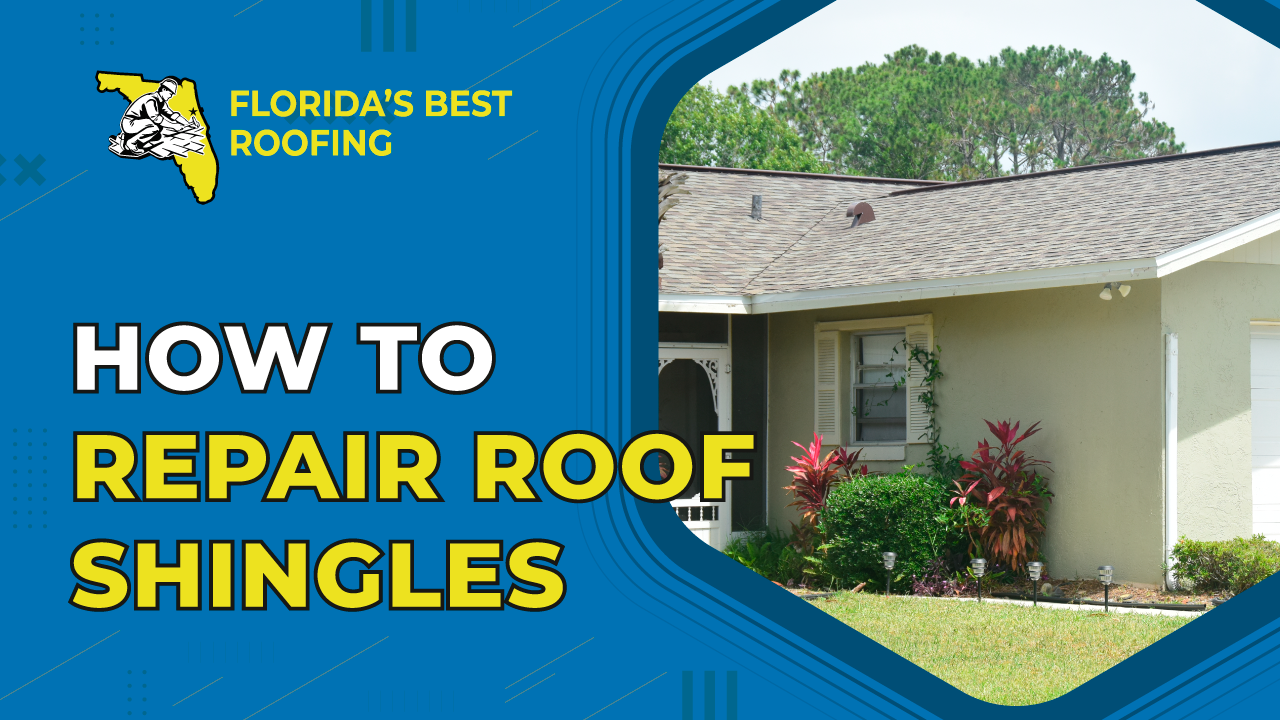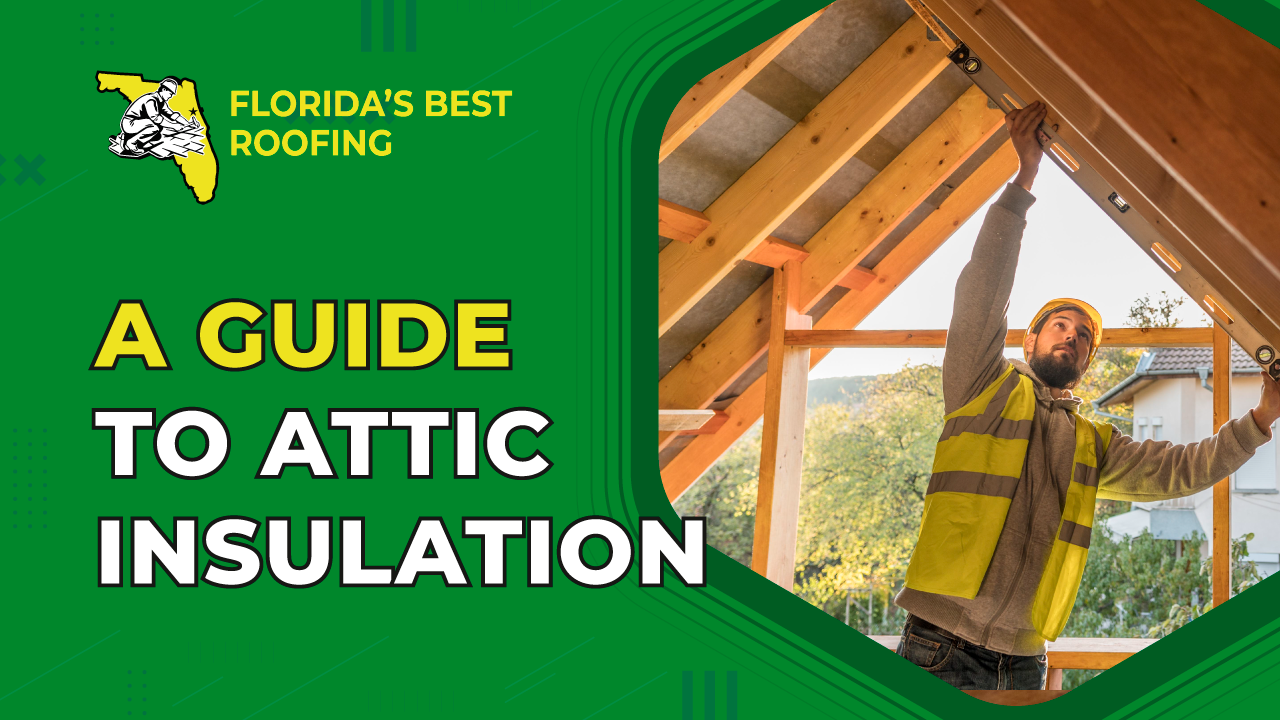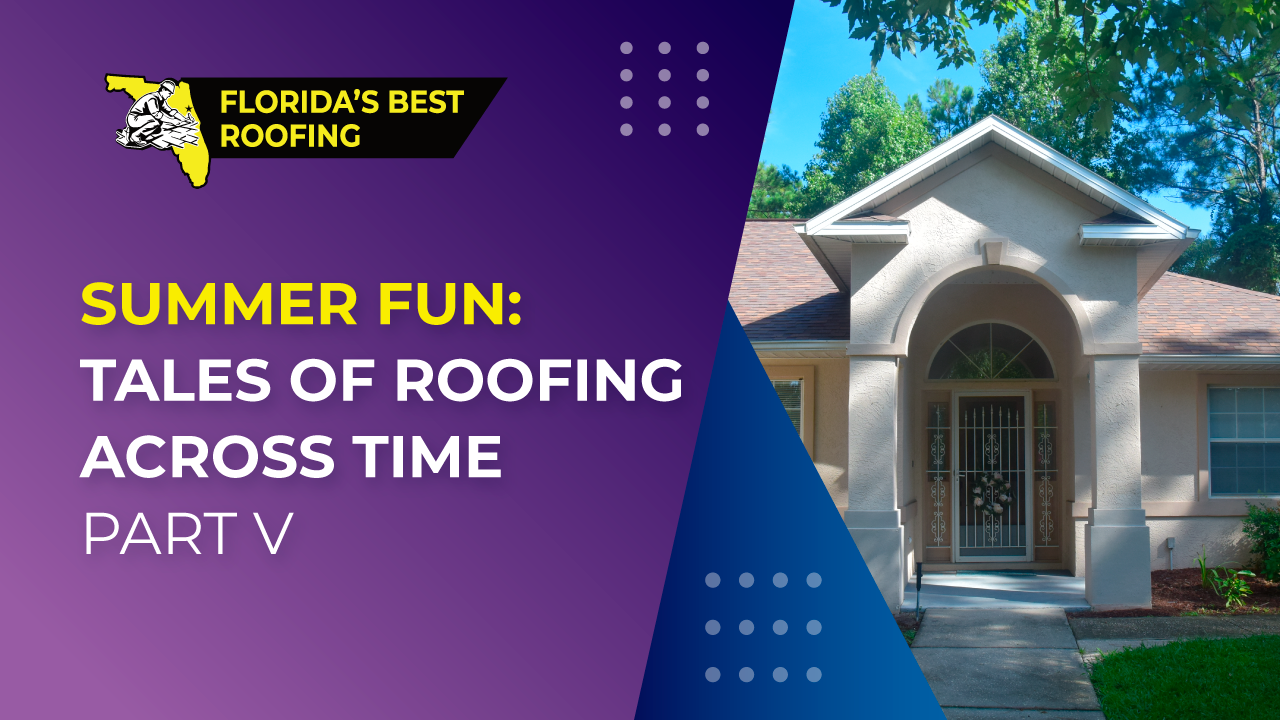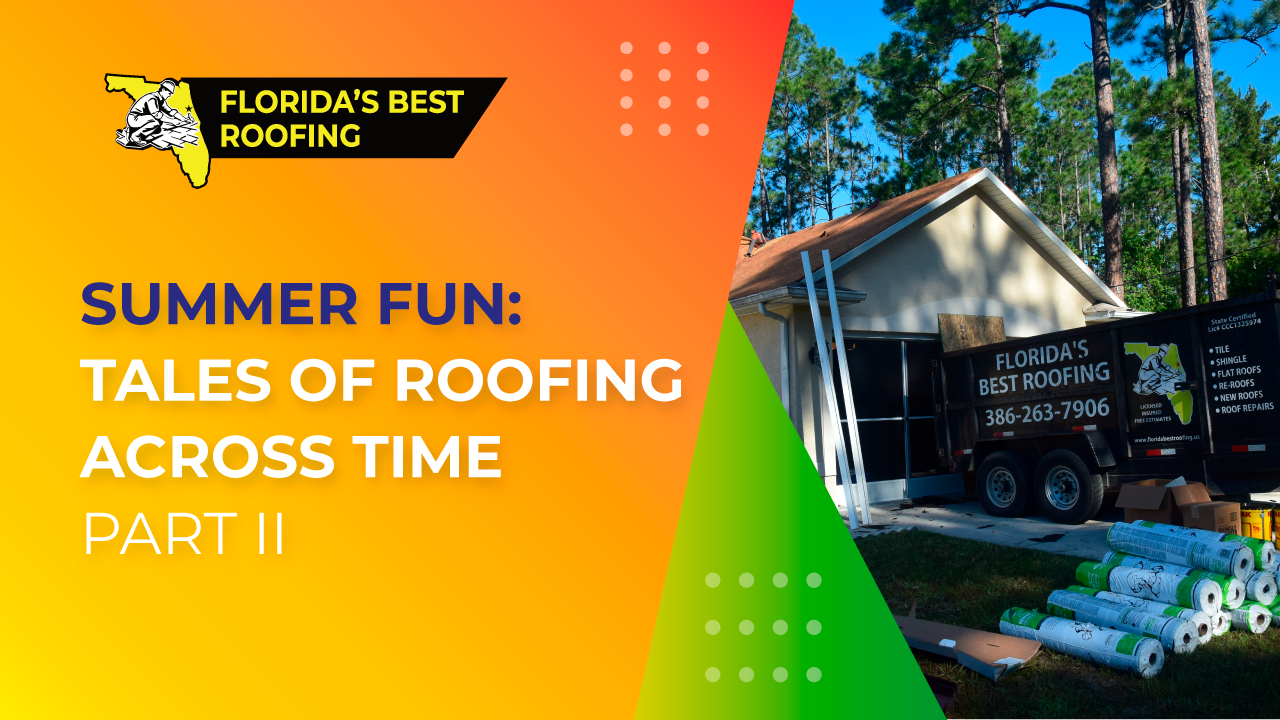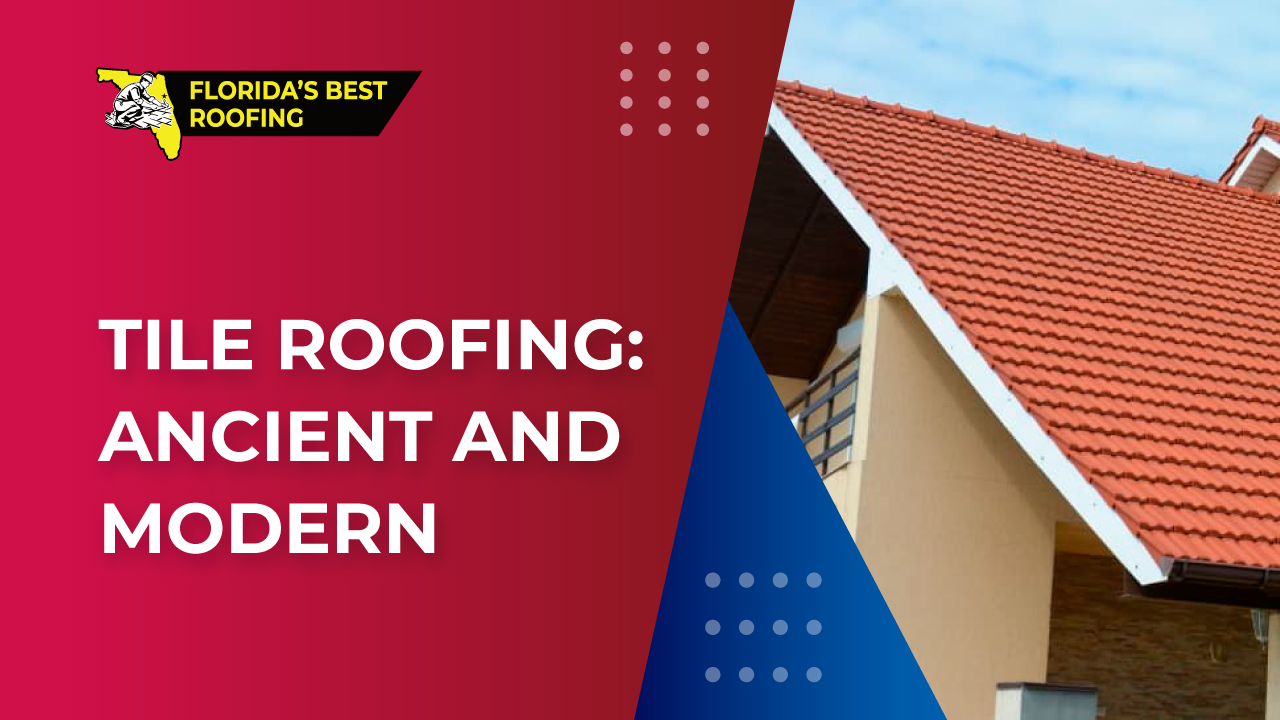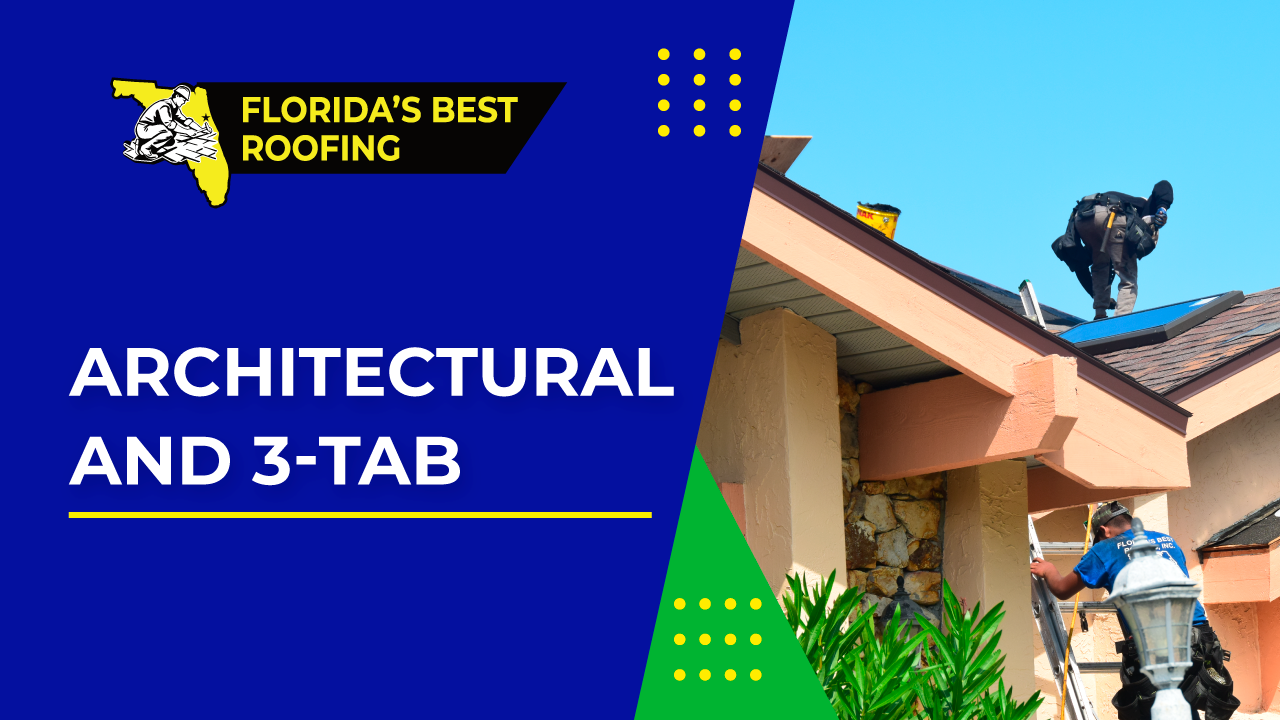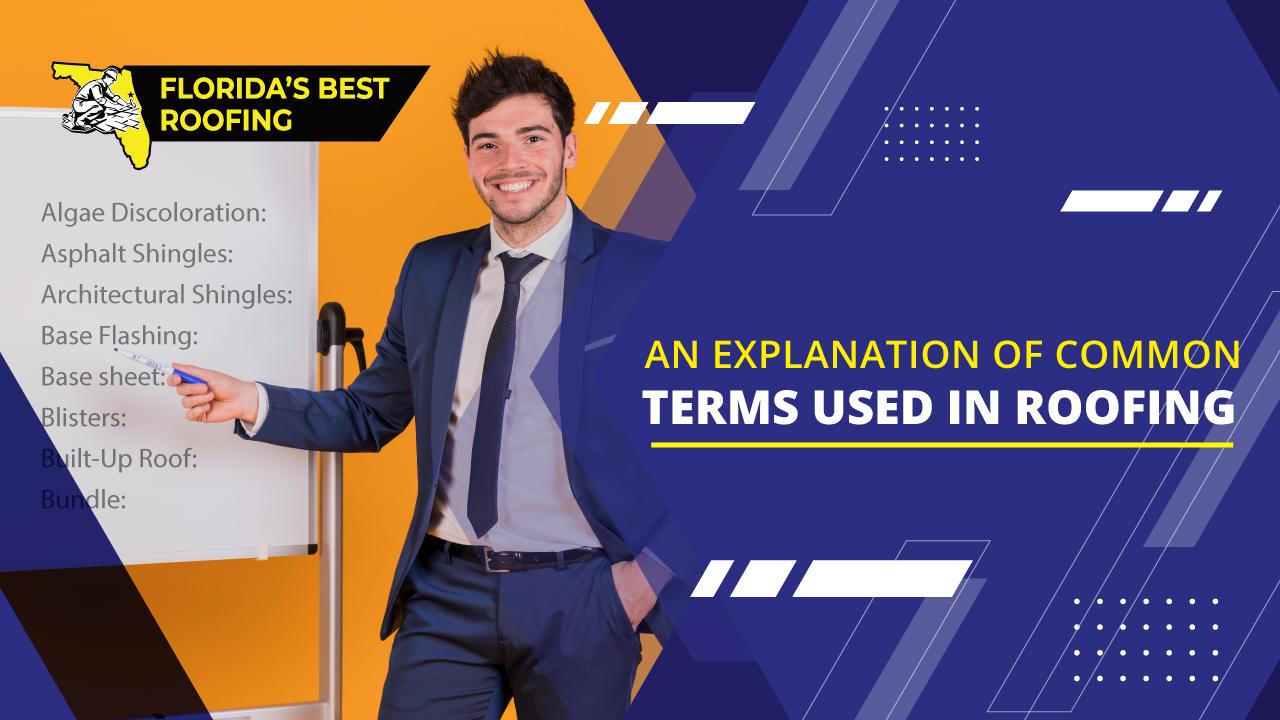Roofing Estimate Breakdown: What is it Really?
A roofing estimate is a detailed breakdown of the cost of a roofing project that a contractor provides to a homeowner or business owner. A roofing estimate includes the scope of the work to be done, the materials to be used, and the labor required to complete the job. In general, a roofing estimate provides a rough idea of how much a roofing project will cost and what is involved in the installation or repair of a roof.
When requesting a roofing estimate, it’s important to provide as much information as possible to the contractor. This will help them provide an accurate estimate that reflects the actual cost of the project. A contractor will typically come to the site to inspect the roof and assess its condition. They will take measurements, look for any damage or potential problems, and identify any other factors that may impact the cost of the project.
Once the contractor has completed their assessment, they will provide a roofing estimate that includes several key components. These components may vary depending on the contractor and the specifics of the project, but they typically include the following:
Labor costs: This is the cost of the contractor’s time and the time of any workers who will be involved in the project. Labor costs may include things like removing the existing roof, installing new roofing materials, and cleaning up after the project is complete.
Material costs: This is the cost of the roofing materials themselves, including things like shingles, tiles, or metal panels. Material costs will vary depending on the type and quality of the materials chosen.
Equipment costs: This is the cost of any equipment that is needed to complete the project, such as scaffolding or safety gear.
Additional costs: This may include things like permits, disposal fees, and any other expenses that may be incurred during the course of the project.
The roofing estimate should also include a detailed breakdown of the work that will be done. This will typically include a list of tasks that the contractor will perform, such as removing the existing roof, installing new underlayment, and laying down new shingles. The estimate should also provide a timeline for the project, including when the work will start and when it is expected to be completed.
In addition to these basic components, a roofing estimate may also include optional add-ons or upgrades. For example, a homeowner may choose to upgrade to a higher-quality roofing material, or they may opt to add additional insulation to their roof to improve energy efficiency. These upgrades will typically add to the cost of the project, but they may provide additional benefits in terms of longevity, durability, or energy savings.
When reviewing a roofing estimate, it’s important to look beyond the total cost of the project and consider the details of the estimate itself. This includes things like the materials that will be used, the quality of the workmanship, and the timeline for completion. It’s also a good idea to ask the contractor for references or examples of their previous work, so that you can get a sense of their experience and expertise.
In general, a roofing estimate should be clear, concise, and easy to understand. It should provide a detailed breakdown of the costs involved in the project, as well as a timeline for completion and a list of the tasks that will be performed. A roofing estimate should also be transparent, with no hidden fees or unexpected charges. This will help ensure that both the homeowner and the contractor are on the same page when it comes to the scope of the work and the cost of the project.
In conclusion, a roofing estimate is a critical component of any roofing project. It provides homeowners and business owners with an idea of the cost of the project, the scope of the work involved, and the timeline for completion. By understanding the components of a roofing estimate and what to look for when reviewing one, homeowners can ensure that they are getting a fair deal.
If you have any questions about roofs or need a roof repair, we would be happy to help you out. Florida’s Best Roofing, Inc. is a fully licensed (CCC 1325974) and insured, local roofing contractor with decades of experience. If you are interested in roof replacement or repair and you are in the Palm Coast, Flagler, or Volusia area, please give us a call at 386-263-7906 for a free estimate!


